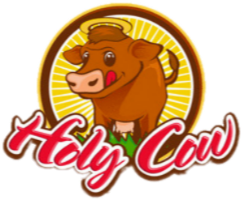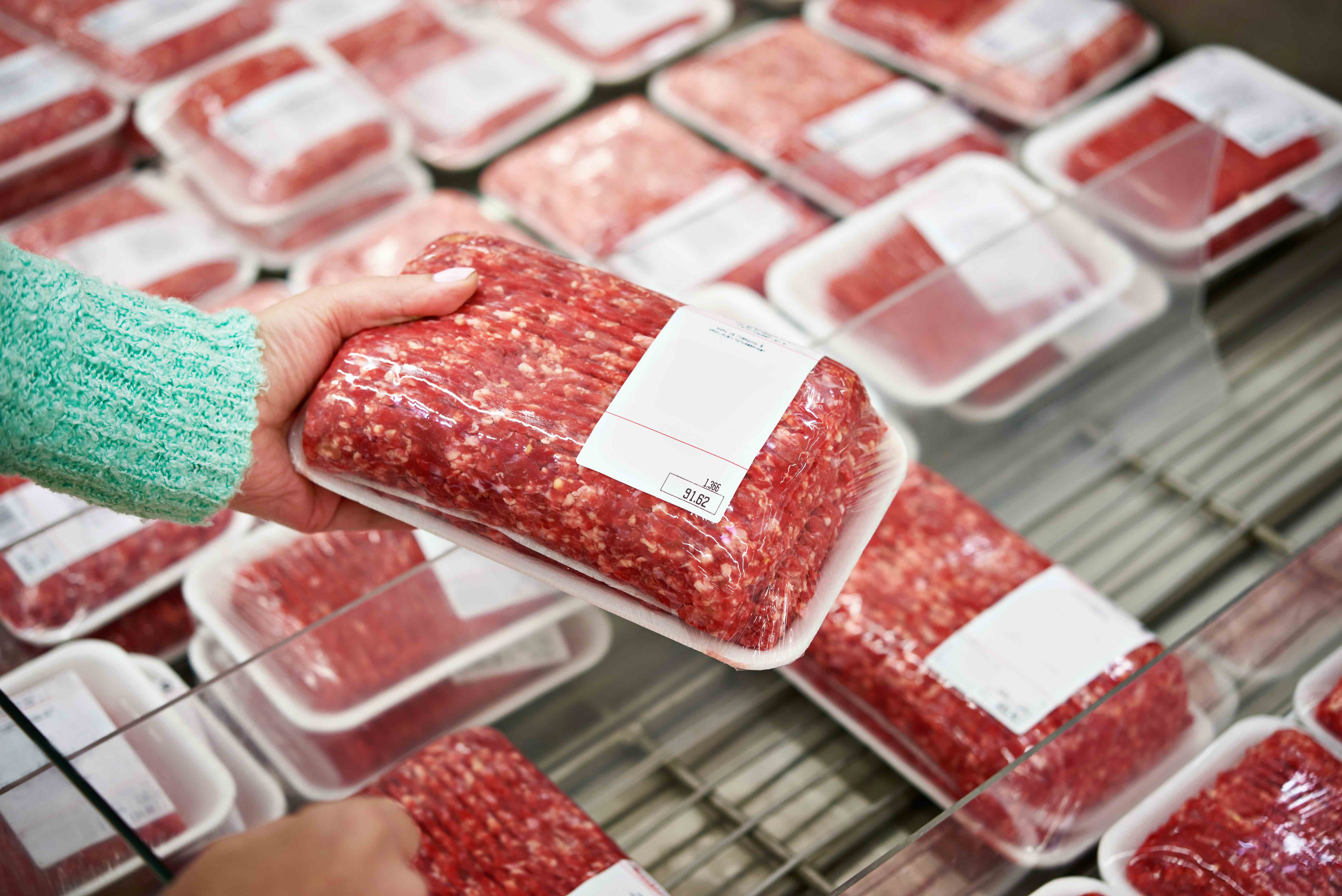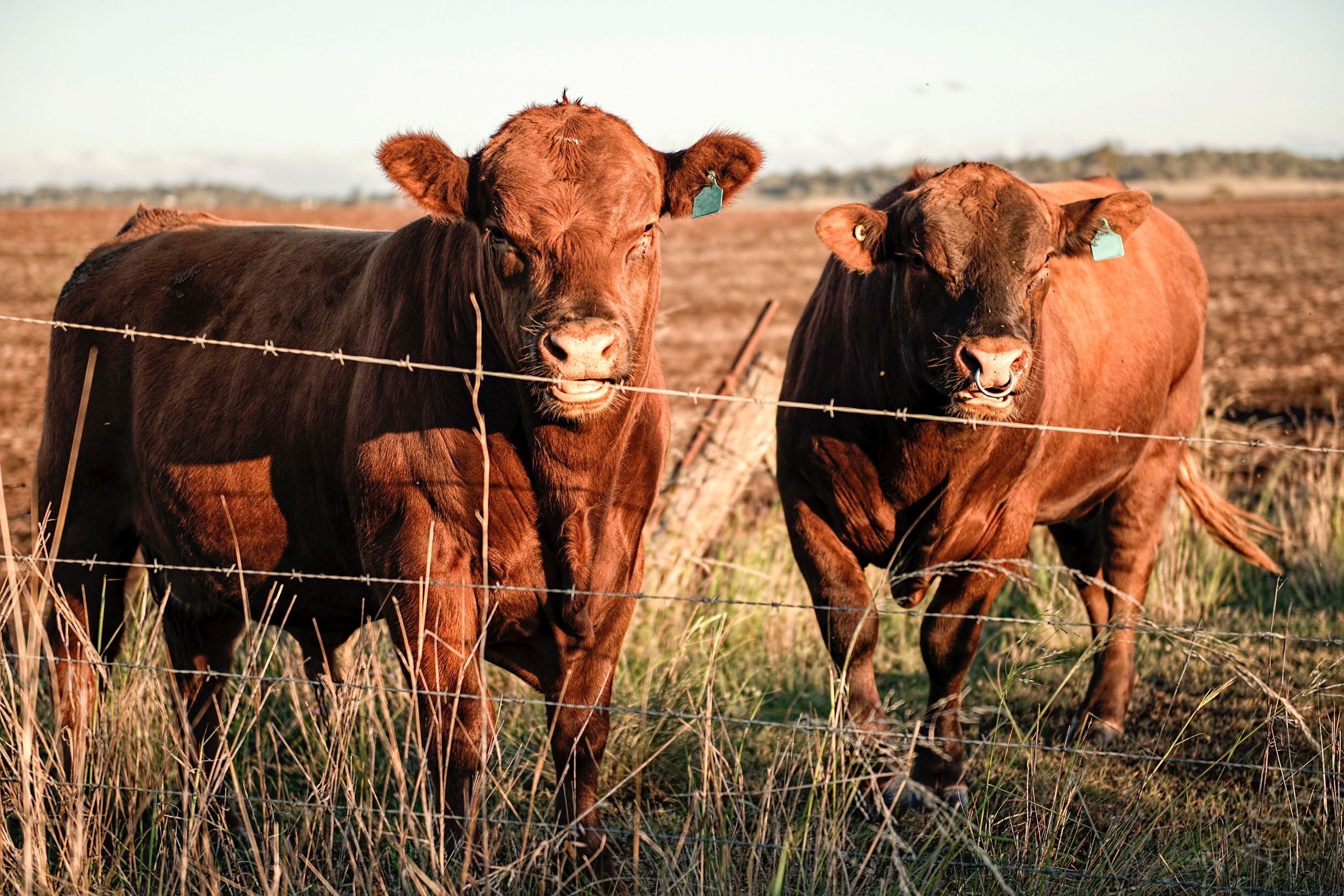3 Processed Meats You Should Avoid (& What You Should Buy Instead)
In the fast-paced world of fast food, processed meats have become a staple for many households. Whether it's for a quick sandwich, a protein-packed snack, or a savory addition to a meal, processed meats seem to offer an easy solution. However, the convenience often comes at a cost to our health. Read on to discover which processed meats you should avoid and what healthier alternatives are available to you. Processed Meats You Should Avoid Processed meats are traditionally meats that have been treated to enhance or maintain the food’s flavor or shelf-life. Oftentimes, this is done through salting, fermenting, curing, or smoking. While there are a variety of processed meats available today, many of them are not good for you or your family. Red Meat Processed red meats—such as bacon, sausage, hot dogs, and deli meat—can have severely negative impacts on your health. Oftentimes, these meats are high in saturated fats, cholesterol, and sodium—all of which can increase the risk of various health conditions including heart disease, dementia, type 2 diabetes, stroke, high blood pressure, and certain types of cancer. In fact, these processed meats have been classified as carcinogens by the World Health Organization (WHO)—meaning there is strong evidence linking their consumption to an increased risk of colorectal cancer. Chicken and White Meat While chicken is often seen as the healthier processed meat option, it isn’t without its issues. Similar to processed red meats, processed chicken or white meat products often contain high amounts of sodium which can lead to high blood pressure, heart disease, and other health issues. These meats also often include potentially hazardous added preservatives, flavorings, and other chemicals to enhance taste, texture, and shelf life. This is especially true in popular processed chicken products such as chicken nuggets. More often than not, chicken nuggets and other similar products are made with added preservatives and fillers such as pyrophosphate—a leavening agent used in the breading that has reportedly harmed immune systems. Unfortunately, preservatives aren’t the only extras you will find in these products. While chicken nuggets are promoted as being made from chicken breast, studies have found that 40-50% of the nuggets are actually made from fat, blood vessels, nerves, and ground-up bone. Meat Labeled Nitrite-Free Food processing methods often include smoking, curing, or adding preservatives like nitrates and nitrites. These preservatives are commonly added to meats to inhibit bacterial growth and maintain the meat’s color. While these do effectively keep meat fresher for longer, they can also form known carcinogens nitrosamines when cooked or digested—which can increase the risk of stomach and bowel cancer. With this in mind, you may be thinking that meats that are labeled “nitrite-free” or “no nitrites added” would be the healthier alternative, but that’s not always the case. These meats may be promoted as having no nitrites, but more often than not they are still processed and include added nitrites. However, these nitrites come from more natural sources like celery juice, powder, or salt. Since they come from a natural source rather than a synthetic one, companies can label these as “nitrite-free,” but in actuality, you can still be impacted by consuming the nitrites—regardless of where they’ve come from. Healthier Meat Options Rather than risking your health with processed meats, it’s recommended you opt for farm-fresh meat. Unprocessed beef, pork, lamb, and chicken can significantly enhance your health while still satisfying your taste buds. Grass-fed and pasture-raised meat tends to be higher in certain nutrients compared to processed meats. This is because animals raised regeneratively often have access to natural grazing, consume diverse diets, and are raised in environments where they can express their natural behaviors. As a result, the meat from these animals may contain higher levels of essential nutrients like omega-3 fatty acids, vitamins, and minerals. Likewise, regenerative agriculture stays away from preservatives, antibiotics, and other additives or hormones that could turn your food into a carcinogen—offering you a more natural and chemical-free option. You also don’t have to give up the foods you love when you work with healthier meats. If you’re a fan of chicken nuggets, you can dice up a free-range chicken breast and make some at home. More of a burger fan? Grab some grass-fed ground beef and put your own spin on a classic! By making these simple substitutions, you can enjoy delicious meals while prioritizing your health. While processed meats may offer convenience, they also come with a host of health risks. When you know what processed meats you should avoid and opt for healthier alternatives, you can support the overall health and well-being of you and your family. Making small changes to your diet can have a big impact on your long-term health, so choose wisely and prioritize natural, minimally processed foods whenever possible. Holy Cow Farm Fresh is your destination for premium, healthy, grass-fed, and pasture-raised meat. Our local and family-owned livestock farm is dedicated to providing our customers with the highest quality, locally sourced, and sustainably raised meat—all without worrying about fake ingredients, hormones, and chemicals. Visit our website, follow us on Facebook and Instagram, or give us a call to get started on your order!










